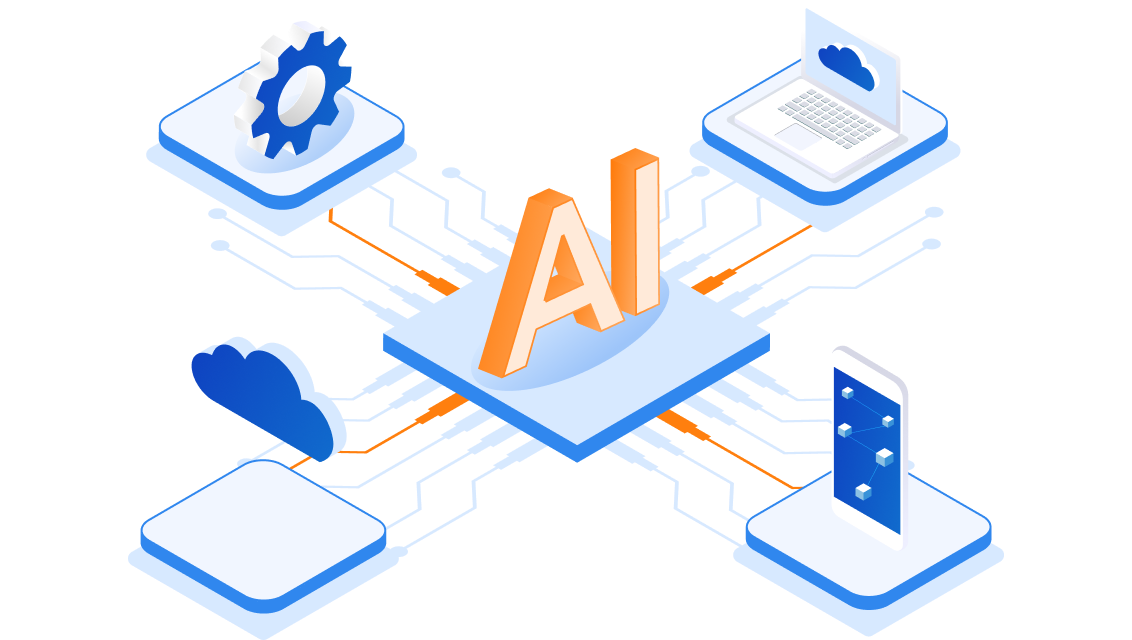Navigating Budgets: How to Do a Cost Estimate for a Project?
30/05/2023
1.57k

Cost estimation in project management is the process of forecasting the financial and other resources required to execute a project within a specified scope. Estimating costs as precisely as possible can mean the difference between launching projects swiftly or experiencing delays or cancellations.
So how to do a cost estimate for a project?
This article delves deeper into the definition of a cost estimate in project management, as well as reputable strategies and advice for estimating the cost of projects.

The Role of Project Cost Estimation in Project Management
To obtain sanction for a project, companies must justify the resources needed to complete activities. Companies must contemplate global budgetary restraints. When funds are allocated to one undertaking, they are no longer available for other endeavors. Therefore, project administrators must ensure that their cost estimates are accurate.
Cost estimation lays the groundwork for a budget that will provide sufficient funding to complete a project on time and to quality standards.
By taking the extra step of designating budgets to specific activities, companies are better able to adhere to the overall budget and avoid wasteful spending. It also assists project management in determining where potential overages may occur, allowing them to relocate resources as necessary to cover costs.
Most Common Cost Estimation Techniques
Diverse methods are used for cost estimation. Below are some of the most common cost estimation techniques in project management:
- Analogous Estimating.
- Bottom-up Estimating.
- Parametric estimating.
- Three-point Estimating.
Specifically,

Analogous Estimating
Analogous estimation, also known as top-down estimation or historical estimation, is based on historical data from comparable prior undertakings. It entails examining the expenditures of comparable past projects and applying the resulting costs to the current endeavor.
This method involves identifying a project with comparable characteristics to the current one and using its cost information as a premise for estimation. However, the accuracy of analogous estimation is highly dependent on the similarity between projects, and it may be necessary to make assumptions to account for differences.
Bottom-up Estimating
The bottom-up estimating method of cost estimation enables project managers to calculate quantities for each task, providing a clearer picture of the overall budget. Teams or departments may already have staff and resources that can be allocated to a new project, allowing the planner or project manager to determine if funding is available to cover certain aspects.
Parametric estimating
Among cost estimation methods, parametric estimating refers to estimation based on statistical associations between project characteristics and expenses. Project managers identify important variables, such as the project’s scale, scope, or complexity, and use them as inputs for the parametric model.
In contrast to analogous estimation, parametric estimation uses historical data but takes a more quantitative approach by developing mathematical models or formulas.
This method provides a more precise estimate than analogous estimation, as it takes into account specific project characteristics. However, precision is contingent upon the dependability of the selected parameters and the quality of the historical data.

Three-point Estimating
Three-point estimating, which stands for the Program Evaluation and Review Technique (PERT), uses a range of estimates to account for cost estimation uncertainty. Using the three-point estimate enables project managers to obtain more precise estimates by calculating costs based on three scenarios.
- The most optimistic forecast or scenario
- The most probable forecast or situation
- The most pessimistic forecast or scenario
Then, these estimates are used to calculate an average cost, yielding a more accurate estimate. When uncertainty and hazards are significant in an undertaking, three-point estimation is especially useful. By contemplating a variety of potential outcomes, project managers can more effectively allocate resources and manage possible cost overruns.
Step-by-Step Guide: How to Do a Cost Estimate for a Project?
After discovering software project cost estimation techniques, you may consider the steps of cost estimation in project management. So how to do cost estimation for a project? Let’s break them down:

Set Project Boundaries
Get started on the project by outlining its scope. This requires defining the project’s goals, scope, and outputs. Identify the specific tasks or activities that need to be completed and establish any limitations or constraints that may impact the project’s cost estimation process.
Cost estimates are more likely to be accurate if they are narrowly targeted and consistent with the project’s goals if their scope has been clearly defined.
Create a Project Map
Create a Work Breakdown Structure (WBS) to help you divide up the work involved in the project. The Work Breakdown Structure (WBS) is a graphical depiction of the project’s structure that helps pinpoint the factors that affect costs for individual tasks.
Beginning with the primary deliverables, break them down into smaller, more manageable chunks called work packages. If you want to get an accurate cost estimate, you need to keep breaking down the job packages into smaller and smaller tasks or activities.
Find Cost Factors and Give Initial Cost Estimates
For each work package identified in the WBS, identify the cost factors that will influence its expenses. A project’s final cost may be affected by several variables such as: labor, supplies, tools, materials, subcontractors, transportation, permits, and more.
To estimate the price of each component, it is necessary to do research, consult industry standards, evaluate historical data from previous projects, and employ subject matter experts. Provide preliminary cost estimates for each cost driver using methodologies like similar estimation, parametric estimating, or expert opinion.
Combine All Estimated Costs
Once you have determined the expenses for each work package, add together all of the individual cost estimates to determine an initial project total. Add up the projected expenditures for each job package while accounting for any connections or connections between them. Include any overheads and indirect expenses that might apply to the whole project.
Fine-tune Your Cost Estimates
To make sure your cost estimates are accurate and to factor in any risks or uncertainties, review and revise them. Think about the possibility of inflation, market swings, technology advancements, and other one-offs impacting your budget. Discuss the estimates with relevant experts, stakeholders, or team members to ensure accuracy. Improve the accuracy of your projections by factoring in critique and experience gained from prior projects.

Let SupremeTech Help You with Your Project Cost Estimation
Project cost estimation accuracy is essential for effective project planning and execution. How to do a cost estimate for a project? By following the step-by-step guide on how to create a project cost estimate, you can ensure that your cost estimation process is thorough and accurate. Nevertheless, navigating the complexities of cost estimation can be difficult, particularly when considering industry benchmarks, data analysis, and risk assessment.
Here, SupremeTech comes into play. With the support of ESTIM — a powerful project estimating software designed to streamline the estimation process and enhance accuracy. By utilizing ESTIM, your company can efficiently create detailed project estimates, analyze costs, and make informed decisions for successful project execution.
Contact us and let SupremeTech be your reliable partner in estimating project costs!






















